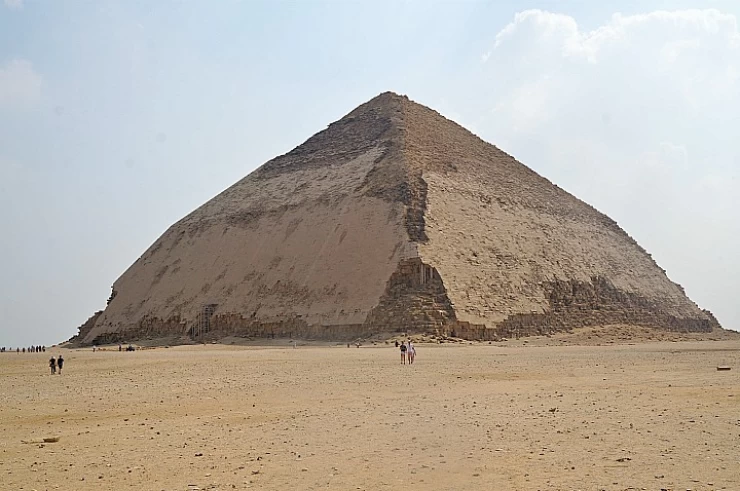
The Ninth Dynasty of Ancient Egypt History
The 9th dynasty
Ancient Egypt's Ninth Dynasty (Dynasty IX) is frequently grouped together with the 7th, 8th, 10th, and early 11th Dynasties under the heading First Intermediate Period. It is quite unclear which Dynasty appears to have replaced the Eighth Dynasty. Manetho describes Achthoes, the founder of the Dynasty, as "more terrible than his predecessors, who wrought evil things for those in all Egypt," which reflects the violent nature of the conquest by the kings of Herakleopolis.
There was some overlap between these and other regional dynasties back then, as Egypt was not yet unified. Herakleopolis Magna was the birthplace of the Ninth and Tenth Dynasties, respectively. For this royal line, the Turin Canon records eighteen rulers, although their names are missing, damaged, or indistinguishable.
Many people consider the First Intermediate Period of Egyptian art and architecture to be simple, crude, and unpolished. There is currently very little evidence of artwork from this era, and the sole pyramid known to have been constructed during this time may have belonged to King Merikare.
The Heracleopolitan and Thebian rulers mainly disregarded the highly talented artisans of Memphis, assigning the responsibility of making artwork that was largely unfinanced to local artisans instead. But the Pharaonic culture's national dissemination was a significant aspect of the Intermediate Period. Power was centralized in the Early Dynastic Period and the Old Kingdom. and the royals only ever held their courts at the nation's capital.
















